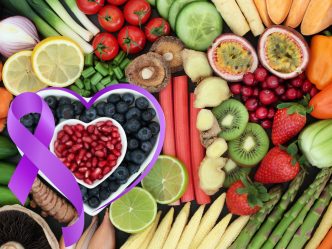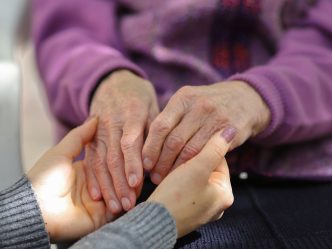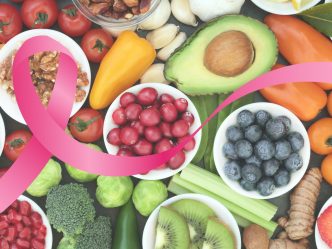Fad diets come and go, but is Keto here to stay? Ask someone who’s tried it, or is on it, and they’ll probably tell you— “it’s a lifestyle, not a diet.”
“The only medical purpose of the ketogenic diet is the last line of treatment for children suffering chronic seizures,” says Andy Yurechko, clinical dietitian at the Augusta University Digestive Health Center. This is because ketones and decanoic acid, produced when following the diet, help to decrease seizures.
In its current mainstream form today, many dietitians might agree that the Keto diet is the definition of a “fad diet.” But the results are hard to argue with, especially when celebrities have flaunted their results across social media.
What is the Keto diet really?
An easy way to describe the diet is simply low carb, high fat intake. When a person eats carbohydrates, the body keeps fluids in order to store the carbs for energy. Once carbs are not being consumed and cannot be used for energy, the body enters a state of ketosis. In the ketosis state, the body makes ketones or organic compounds that it uses in place of carbs as energy. The body starts burning fat for energy and because fat takes more energy to burn, even more weight is being lost. The diet sounds freeing, but as with all diets there are rules.
Before you start loading your grocery cart with butter, bacon, whole milk, and all the cheeses of your dreams, there are some common pitfalls and rules to be aware of in order for this diet to be successful.
- Fats: Not all fats are created equal. Most people might assume a sense of freedom at being able to eat bacon again, but instead, dietitians and nutritionists recommend a majority consumption of healthy fats. This includes the kind found in avocados, nuts, seeds, eggs, plant-based oils, and fatty fish.
- The “Keto flu”: In the beginning, people usually complain of constipation, lightheadedness, nausea, mental fog, cramps, headaches, and diarrhea. This group of symptoms is often called the “Keto flu.” This is caused due to a lack of electrolytes in the body. Adding an electrolyte supplement to your daily intake will help to rid you of the “keto flu.” The Keto flu should not last more than a week. If it does, make an appointment with your primary care provider to discuss it.
- Calorie intake: People also tend to lose a lot of weight in the beginning but then start to feel as though the weight loss becomes stagnant. Be mindful that even though you are mostly consuming fats, calories should be reduced to 1,500. Fats are filling, so that should make up for the reduction in calories.
- Portion sizes: It is important to know that the diet is all about high fat and moderate protein, so portion sizes are important. As with any other diet, if too much fat is eaten the scale will not move in the desired direction. Estimating proper portion sizes can be difficult, so be sure to measure out your portions when making meals. Make sure that your diet also includes a lot of fluids and non-starchy vegetables, like broccoli, asparagus, and spinach.
- Cheat days: They don’t exist when you’re doing Keto. The idea of cheat days is not a good way to be consistent with this diet. Having a cheat day means disrupting the ketosis state, which can prevent the body from burning fats like it’s supposed to.
It really is a lifestyle, not a diet.
Yurechko warns that a “cheat day” on the Keto diet is the equivalent of having an entire banana, which can contain a whopping 30 grams of carbohydrates. If you’re going Keto, you should be averaging anywhere from 20 to 30 net grams a day to sustain your body’s ketosis.
If you decide to join the Keto lifestyle, Yurechko advises paying attention to your fiber intake. Incorporate low-carb sources of fiber into your daily diet, such as spinach, broccoli, chia seeds, and asparagus.
“It will take quite a bit of spinach to get the daily recommended 21 grams of fiber for women or 35 grams for men,” he says. “Prepare for some costly grocery store trips.”





